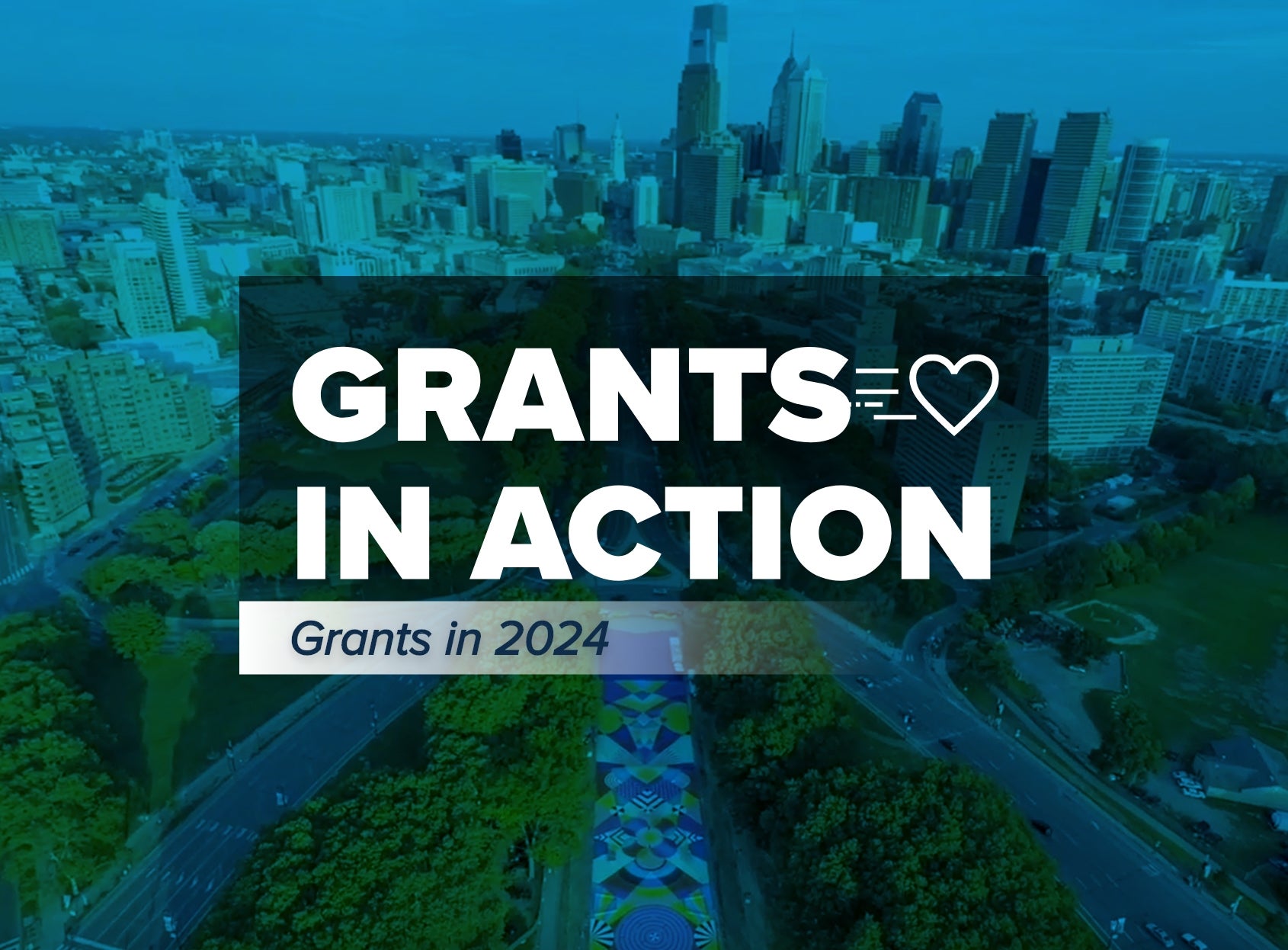Four Strategies for Impactful Disaster Relief Giving

Natural disasters have increased in intensity on a warming planet, presenting new challenges to governments, disaster preparedness professionals and all of us as individual citizens. Philanthropy and private generosity have always played a significant role in relief and recovery efforts, but donors today have an important opportunity in preparing for and responding to deadlier storms, wildfires and extreme heat, droughts and other unpredictable events.
Disaster giving is much broader than giving in the immediate aftermath of an event. As NPT’s donors contribute to relief efforts for the flooding in eastern Kentucky, and international tragedies like June’s earthquake in Afghanistan, they’re also thinking about the long-term recovery of these regions and funding preparedness and resiliency efforts.
Because more disasters will come, it’s helpful for donors to refresh their understanding of disaster relief. We’ve assembled some guidance below.
1. Recognize the phases of natural disasters
The disaster life cycle typically includes four phases:
Mitigation: Efforts in this phase include risk analysis for future events and applying strategies to reduce the negative effects of natural disasters.
Preparedness: The phase immediately before a disaster hits is characterized by activities such as preparing sandbags for a flood, stockpiling food and water in advance of a snowstorm or ensuring healthcare providers have adequate support and personal protective equipment.
Response: Most of us are familiar with the response phase, when the focus is on saving lives and minimizing damage in the immediate aftermath of an emergency.
Recovery: The rebuilding of homes, businesses, and other infrastructure is critical to returning a community to its pre-disaster state. This stage may also include reform efforts to address and repair the social and physical infrastructure that may have exacerbated the disaster.
Not all disasters experience these phases in the same time frame or even in the same order. For instance, floods are slow-moving disasters, giving communities a chance to focus on preparedness in advance of floodwaters. Tornadoes, on the other hand, occur suddenly and with little warning, leaving mere minutes to prepare. Contagious disease outbreaks are similarly hard to predict, especially those that reach pandemic proportions.
Understandably, most philanthropic assistance focuses on the immediate response to a disaster, when public attention is at its highest. Research by the Center for Disaster Philanthropy and Candid found that one-third of total giving is completed less than four weeks after a sudden disaster, and two-thirds of giving is done within two months. By the time recovery efforts are underway, donations have nearly ceased.
But donations during the phases of recovery, mitigation and preparedness can have tremendous impact. A study from the National Institute of Building Sciences found that in the United States, every $1 the federal government spent on natural disaster mitigation efforts saved $6 in future costs, in addition to hundreds of lives saved and the creation of thousands of new jobs. Given the remarkable return on investment, mitigation efforts can provide an opportunity for philanthropy to make a significant impact, especially in areas that are prone to seasonal weather events such as hurricanes, floods, wildfires and tornadoes.
2. Support long-term efforts as well as immediate needs
In the immediate aftermath of a tragedy, cash is the best donation. Needs can change swiftly, and those working on the ground are best equipped to determine what those needs are.
However, when you are moved to give in the days, weeks or months following a disaster, consider also making an equivalent donation to long-term recovery or prevention efforts, or directing your donation to an organization that also addresses the other phases of a disaster. Much like mitigation of natural disasters can have an enormous return on investment, giving to long-term projects can minimize damage in the future. While a Coronavirus outbreak requires immediate investment to support hospitals, healthcare workers and other logistics, for example, a simultaneous donation to research into treatment and prevention of the disease could help ensure future outbreaks are far less severe.
Donations made soon after disaster hits can still be directed to long-term recovery efforts. The effects of wildfires, which devastated the west coast of the United States earlier this year, and tornadoes, like the ones which struck communities across at least ten states late last year, are still being keenly felt, with communities still just beginning to rebuild. Even areas of New York and New Jersey are still recovering from Hurricane Sandy, which struck nearly ten years ago. No one knows exactly how long the world will be experiencing the ramifications of the COVID-19 pandemic, but it’s likely that the causes and organizations focused on long-term recovery on both the individual and community levels will be at work for years to come. The Center for Disaster Philanthropy has several funds to address mid- and long-term recovery efforts in a variety of geographic areas, and community foundations often maintain funds for resiliency long past immediate media coverage.
3. Beware of scams
Unfortunately, tragedies often spark an increase in bogus charitable organizations looking to take advantage of well-intentioned individuals. Resources such as Candid’s GuideStar and Charity Navigator provide information such as financial statements and IRS filings that can help you determine if an organization is legitimate.
Community foundations in the affected areas can also be great resources. When tragedy strikes, these organizations often set up recovery funds that are granted out over a longer time period to trusted nonprofit partners working directly in the affected geographic area through all phases of relief and recovery. Or, if you prefer to give directly, community foundations can provide a wealth of information regarding reputable local organizations.
4. Build disaster relief into your philanthropic budget
It is not a matter of if, but when disasters will occur. Consider setting aside a percentage or amount of your annual giving for immediate disaster relief, then re-balancing your giving portfolio as needed. If your philanthropic strategy focuses on a particular sector, support organizations working in that topic area. For instance, if your philanthropy supports health-related causes, consider giving to hospitals or other organizations working to contain a sudden disease outbreak. As another example, donors focused on education might assist with rebuilding schools damaged by a natural disaster.
NPT is here to help
By using your donor-advised fund to help when and where tragedy strikes, you can be assured that your dollars will go directly to legitimate organizations that are making the most impact. NPT handles the due diligence necessary to ensure that the charity you wish to support – whether local or global – is operating legally. NPT also has multiple channels to help you support international charities, so no matter where disaster hits, we can help you give.
If you’re not sure where to start, our Philanthropic Solutions Group can help you determine your giving goals. We’re here to help you help others.
NPT does not provide legal or tax advice. This blog post is for informational purposes only and is not intended to be, and shall not be relied upon as, legal or tax advice. The applicability of information contained here may vary depending on individual circumstances.


